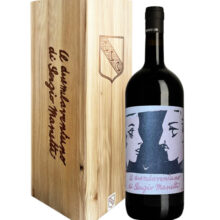
Product information
Montevertine ‘il duemilaventuno di Sergio Manetti’ Toscana Rosso IGT MAGNUM 2021
$4,200
Description
The 2021 Il Duemilaventuno di Sergio Manetti is a tiny production of just 1,000 magnums to celebrate the 100th anniversary of founder Sergio Manetti’s birth. It’s a wine that marries concentration, freshness and structure in a way I don’t remember seeing in any other wine I have tasted from Montevertine. Macerated dark cherry, plum, mocha, new leather, incense, cedar and dried flowers all soar from the glass. Aging is two years in cask, like Montevertine, with no French oak. When Sergio Manetti first conceived Le Pergole Torte, ripeness was hard to come by in Chianti Classico, especially in Radda. French oak helped give the wines some of the textural richness and depth that Mother Nature simply could not provide. Tasting this wine naturally begs the question as to whether French oak is truly necessary in Pergole Torte today given much warmer, drier growing seasons. These magnums will be quite expensive, but beyond that I wonder if this wine opens the door to a more contemporary style for Pergole Torte.. Drink 2029 – 2051.
Antonio Galloni, Vinous 100 Points
This year Montevertine is also releasing Il Duemileventuno di Sergio Manetti, a special bottling made to commemorate founder Sergio Manetti’s 100th birthday of that is a selection of Le Pergole Torte from the estate’s oldest vines planted 1968 and 1982 that spent two years in a single 16HL cask.
**Delivery Mid-Sept 2025**
Out of stock
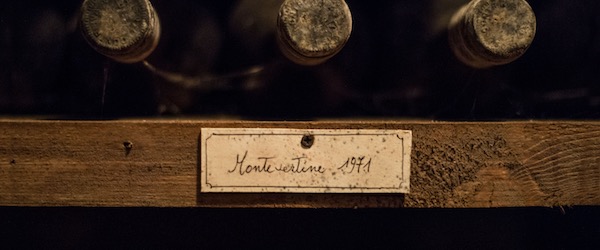



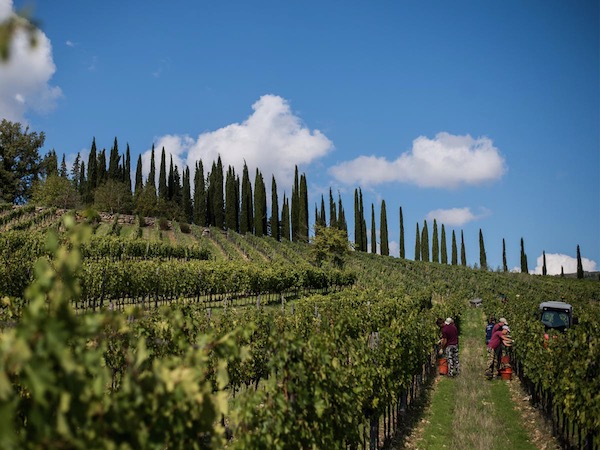
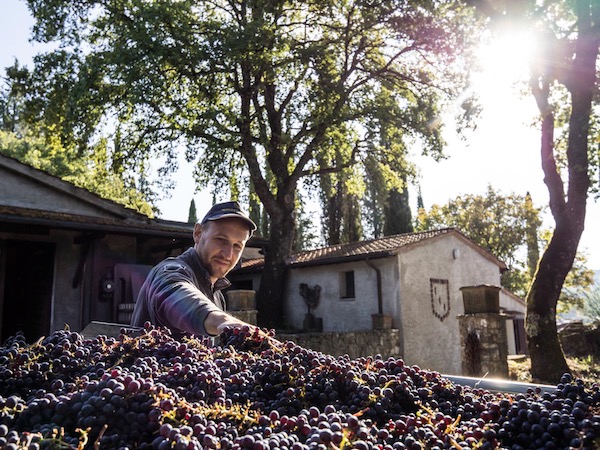
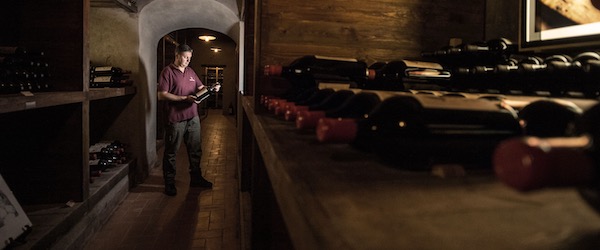
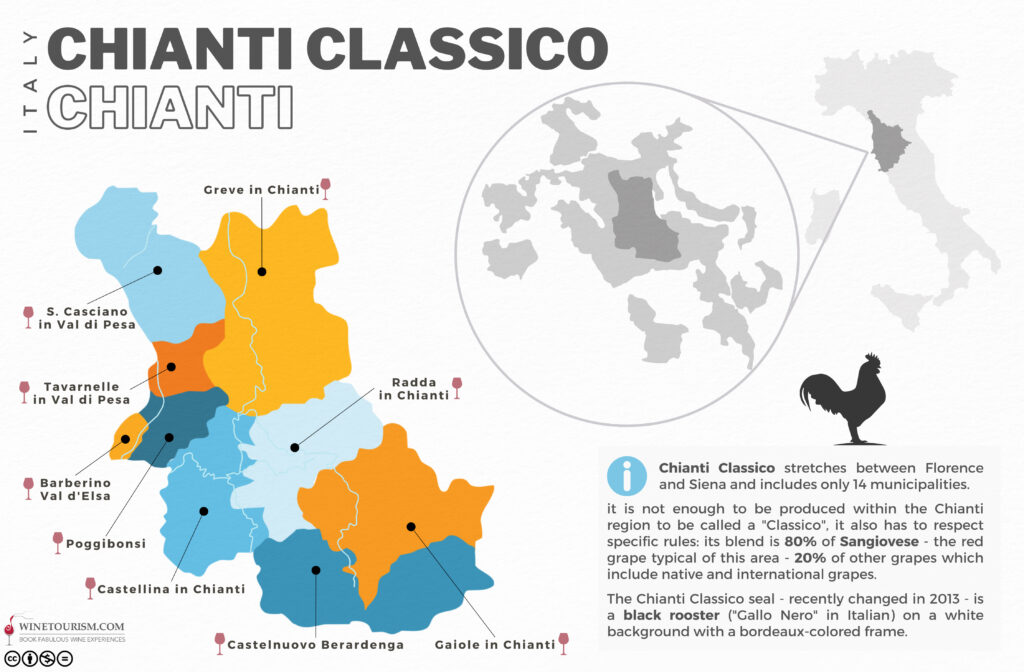
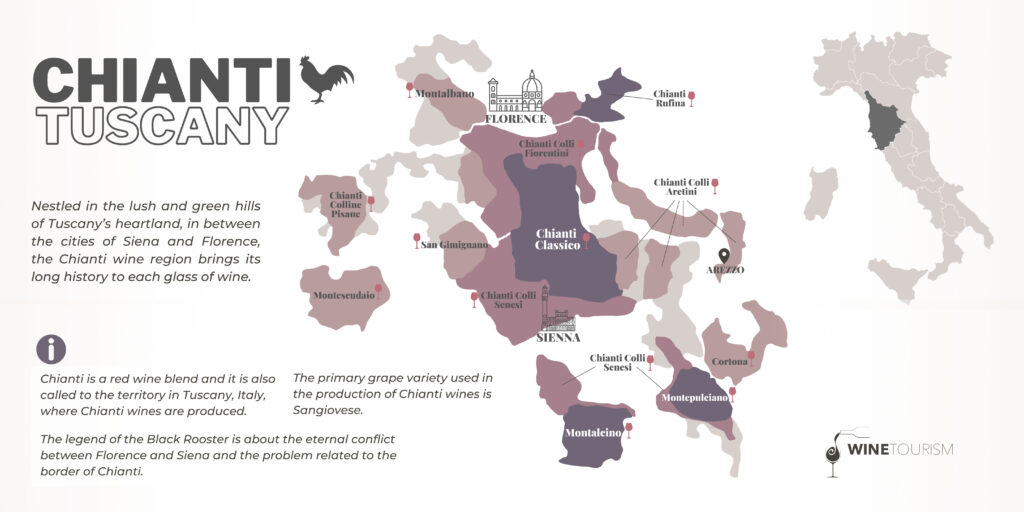
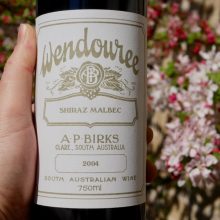
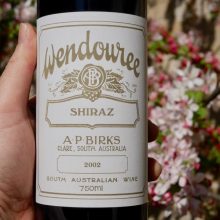
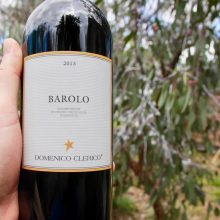
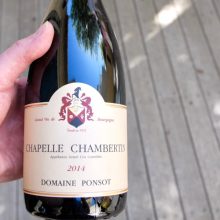
You must be logged in to post a comment.